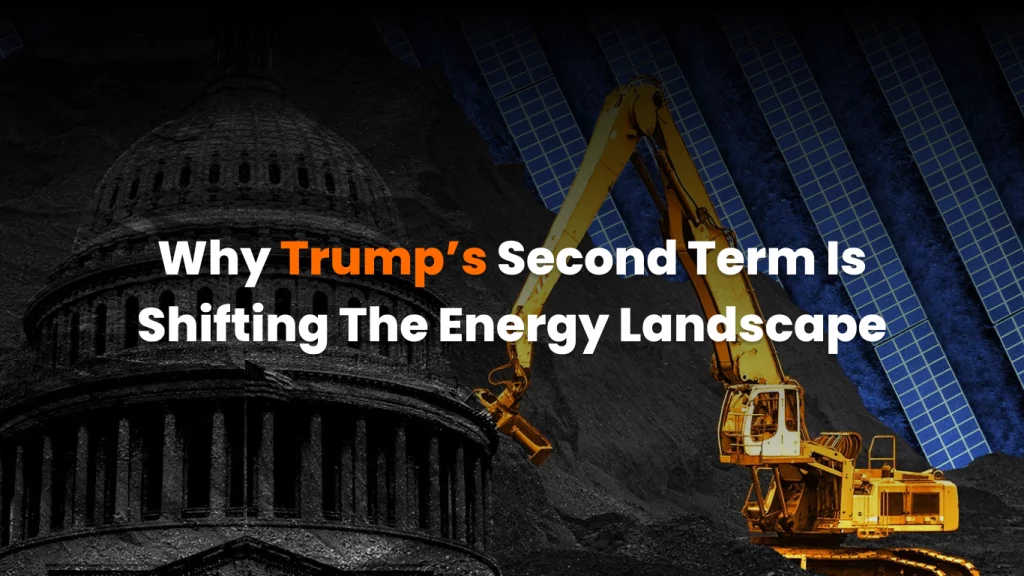President Trump’s second term has brought sweeping changes to U.S. energy policy, especially for wind and solar power. If you’re invested in clean energy or curious about where the country is heading, here’s a detailed breakdown of what’s happening, how we got here, and what it means for our energy future.
Reversing the clean energy momentum
Upon taking office, Trump immediately paused all new leasing and permitting for wind projects on federal lands and offshore areas. That move halted major developments in their tracks.
By mid-2025, his administration enacted the “One Big Beautiful Bill Act,” a package of tax and spending changes that ended decades-long subsidies for wind and solar energy, years ahead of schedule. Analysts predict this could drastically reduce installations, harm U.S. clean energy manufacturing, and contribute to potential power shortages down the road.
Key actions in Trump’s energy rollback timeline
Let’s walk through the chronology of notable policy changes:
- January 20: A first-day executive order suspends all new onshore and offshore wind project approvals until a comprehensive review is complete.
- April 17: Trump orders a halt to Equinor’s offshore wind project near New York over environmental concerns, though construction later resumes in a compromise. (Reuters)
- May 14: The administration rescinds a rule that had reduced fees for developers on federal lands.
- July 4: Signing of the One Big Beautiful Bill (OBBBA), which phases out tax credits for clean energy, accelerates their sunset, and injects uncertainty into the sector.
- July 17: New, complex review requirements are established for renewable energy projects, slowing approval timelines.
- August 6: The Interior Department withdraws approval for the Lava Ridge wind project in Idaho.
- August 7: The EPA ends its $7-billion “Solar for All” grant program aimed at underserved communities.
- August 15: Treasury rolls out stricter qualifications for clean energy tax credits, effectively narrowing access further.
- August 18–19: The USDA officially withdraws support for wind and solar projects on farmland while also heightening review processes for clean energy applications.
Ripple effects and industry fallout
These cumulative moves are creating real instability for investors. Take, for instance, Ørsted’s Revolution Wind project off Rhode Island – 80% complete when the Trump administration stopped it under the guise of national security. Governors from Rhode Island and Connecticut have strongly opposed the order.
In addition, a nearly completed offshore wind farm in Rhode Island and another in Maryland are under federal review or in danger of losing their permits—causing major uncertainty for financial backers.
Investment downturn amid rising global opportunity
The clean energy sector is responding in kind. The U.S. experienced a 36% drop in renewable energy investment in the first half of 2025, most prominent since 2014. (Axios)
Meanwhile, Europe is surging forward. Global clean energy spending worldwide continues to grow, with European markets absorbing much of the capital fleeing the U.S. (Financial Times)
Shifting projections for clean energy growth
BloombergNEF forecasts a sharp decline in wind, solar, and energy storage deployment, down 23% through 2030 compared to prior estimates. The drop includes a 50% decline in onshore wind, 23% down for solar, and a 7% reduction for storage.
Moreover, the tightened timeline for tax credit eligibility forces developers to rush their projects, lock in capital quickly, and assume massive risk amid uncertainty.
Broader implications for the energy grid
Texas, historically a clean energy leader, is already feeling pressure. Grid upgrades needed to support AI data centers and extreme temperatures are stalling, in part due to the policy rollback. As a result, a shift back to natural gas infrastructure has emerged, even as the state maintains shell of an “all-of-the-above” energy strategy.
The bottom line: energy policy at a crossroads
Trump’s second term marks a dramatic policy reversal, from incentivizing renewables under Biden to winding them down before 2030. His administration’s sweeping dismantling of wind and solar programs challenges the U.S.’s ability to meet rising power demands and maintain global leadership in clean technology.
Given the fast-paced changes and shrinking eligibility for tax incentives, the renewable energy sector may enter a period defined more by caution than innovation, unless geopolitical tides shift or new legislation restores stability.




